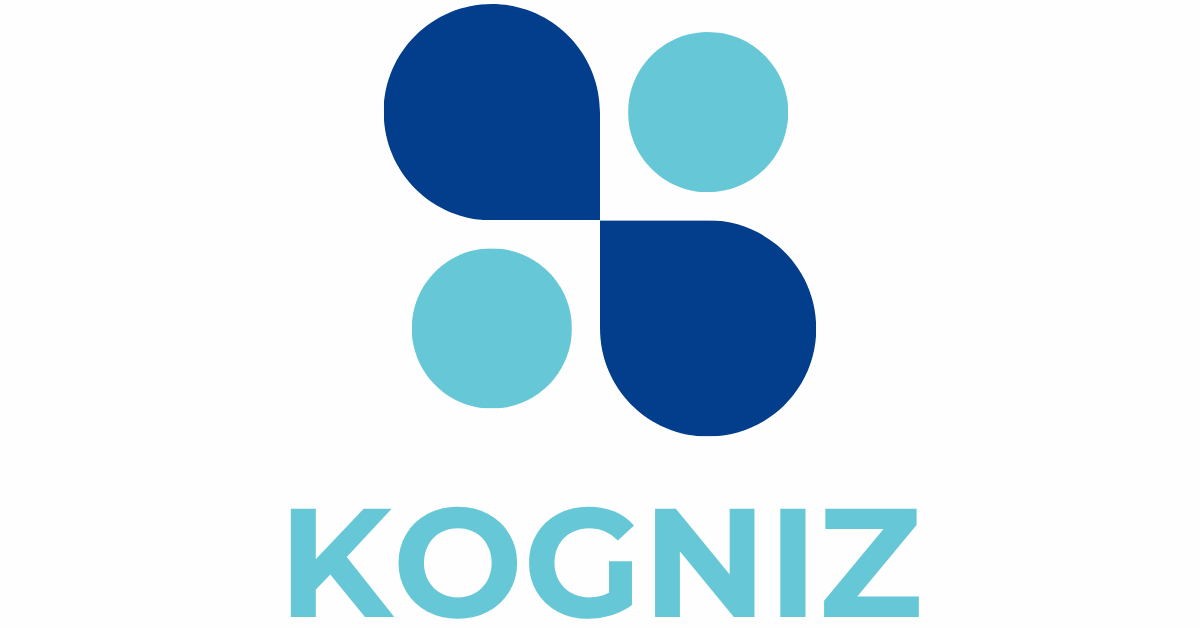In a world where first impressions count, a logo can make or break a brand. But how detailed should it really be? Striking the right balance between simplicity and intricacy can feel like trying to find a needle in a haystack. Too much detail, and it risks becoming a visual puzzle; too little, and it might just fade into the background like that one sock that always disappears in the laundry.
At FLP Symbol City, understanding the art of logo design is crucial. A logo should be memorable and convey the essence of a brand without overwhelming the viewer. So, how do you navigate this fine line? Let’s dive into the details and discover how to create a logo that stands out while keeping it effortlessly chic.
Table of Contents
ToggleUnderstanding Logo Detail
The right level of detail in a logo significantly influences its effectiveness. Striking a balance between visual interest and clarity remains crucial to achieving a memorable design.
Importance of Logo Detail
Detail in a logo communicates the brand’s essence. A well-crafted logo contains unique elements that convey the brand’s message while being straightforward. Simple logos often create immediate recognition, but some detail reinforces meaning without overwhelming the viewer. A finely tuned balance prevents dilution of the brand identity while ensuring standout appeal.
Impact on Brand Recognition
Brand recognition relies heavily on visual identity. Logos with just the right detail become more identifiable across various platforms. An intricate logo might attract attention but can confuse when scaled down. In contrast, a logo that maintains detail while being clean and adaptable fosters stronger connections. Familiarity with logo details helps consumers associate visual cues with the brand, increasing recall and favorability.
Factors Influencing Logo Detail
Logo detail significantly correlates with multiple factors that impact design effectiveness. Evaluating these elements leads to a more impactful outcome.
Target Audience Considerations
Understanding the target audience shapes logo design. Preferences and demographics influence visual appeal and complexity levels. For example, a youthful audience may favor bold colors and intricate designs, while a corporate audience might lean towards simplicity and professionalism. Tailoring the logo to resonate with specific consumer segments strengthens brand recognition and recall. Designers prioritize the needs and expectations of the audience, ensuring the logo communicates the intended message effectively.
Industry Standards
Logos must also align with industry standards to achieve recognition. Different sectors exhibit varying expectations regarding detail and style. For instance, a tech company logo often embraces modern, minimalist design elements, whereas a boutique might employ more artistic and elaborate features. Adhering to industry benchmarks fosters familiarity. Familiarity enhances credibility, making it easier for the logo to connect with potential clients. Understanding these standards enables designers to create logos that stand out while still meeting industry expectations.
Balancing Detail and Simplicity
Designers must carefully balance detail and simplicity in logo creation. An effective logo captures a brand’s essence and remains memorable without overwhelming audiences.
Benefits of Simplicity
Simplicity enhances recognition. Clear logos often lead to immediate recall, allowing consumers to recognize brands quickly. Easy-to-understand designs work well across platforms. Minimalistic elements facilitate easier reproduction in various media, from business cards to online ads. Moreover, simple logos frequently evoke strong emotional connections, making a brand relatable. They support versatility, ensuring logos adapt effortlessly to different contexts and sizes. By prioritizing clarity and straightforwardness, designers create logos that resonate.
When to Use Intricate Designs
Intricate designs serve a purpose in specific scenarios. Complex logos may suit brands with rich histories or detailed narratives that need to be visually represented. High-end brands often incorporate intricate elements to convey luxury and exclusivity. Detailed logos can enhance brand storytelling, providing layers of meaning that invite exploration. Audience demographics play a crucial role; younger target markets might appreciate bold, intricate art styles. Additionally, brands in creative industries, like fashion or art, benefit from detailed logos that express creativity. Careful consideration of context ensures intricate designs enhance rather than confuse.
Examples of Logo Detail in FLPSymbolCity
Exploring different levels of logo detail reveals striking examples within FLPSymbolCity. Each logo showcases different approaches to balance visual appeal and brand identity.
Successful Logos with Minimal Detail
Minimal detail often enhances brand recognition through clarity. The logo for a tech startup known for innovation illustrates this principle effectively. It features a simple geometric shape representing connectivity, making it instantly recognizable. Similarly, the minimalist design of a popular coffee shop employs a stylized coffee cup silhouette. This straightforward approach conveys the brand’s essence without overwhelming customers. Each design emphasizes how effective minimalism supports memorability.
Detailed Logos that Stand Out
Detailed logos can capture attention and tell a brand’s story. A high-end fashion brand within FLPSymbolCity exemplifies this through intricate lettering and ornate flourishes. Such details create a sense of luxury and sophistication, drawing customers in. Another example includes a local brewery utilizing artistic illustrations of hops and barley in its logo. This specific level of detail enriches the brand’s narrative while reinforcing its commitment to quality. These logos demonstrate that when executed thoughtfully, intricate designs enhance brand connection and visibility.
Conclusion
Finding the right balance of detail in logo design is crucial for brand success. A logo should capture attention while remaining clear and memorable. Designers must consider their audience and industry standards to create a logo that resonates effectively.
Whether opting for simplicity or embracing intricate elements, the goal is to enhance brand recognition and emotional connection. By thoughtfully incorporating detail, brands can tell their stories and establish a strong visual identity that stands out in a crowded marketplace. Ultimately, a well-designed logo reflects the brand’s essence and fosters lasting relationships with consumers.






